Destiny of Amazon: Will Talent & Tech Make or Break It?
Explore Amazon's strengths and challenges in this SWOT analysis, comparing its innovation-driven approach to Alibaba’s marketplace model. Will talent and technology propel Amazon’s growth, or will regulatory and competitive pressures slow it down?
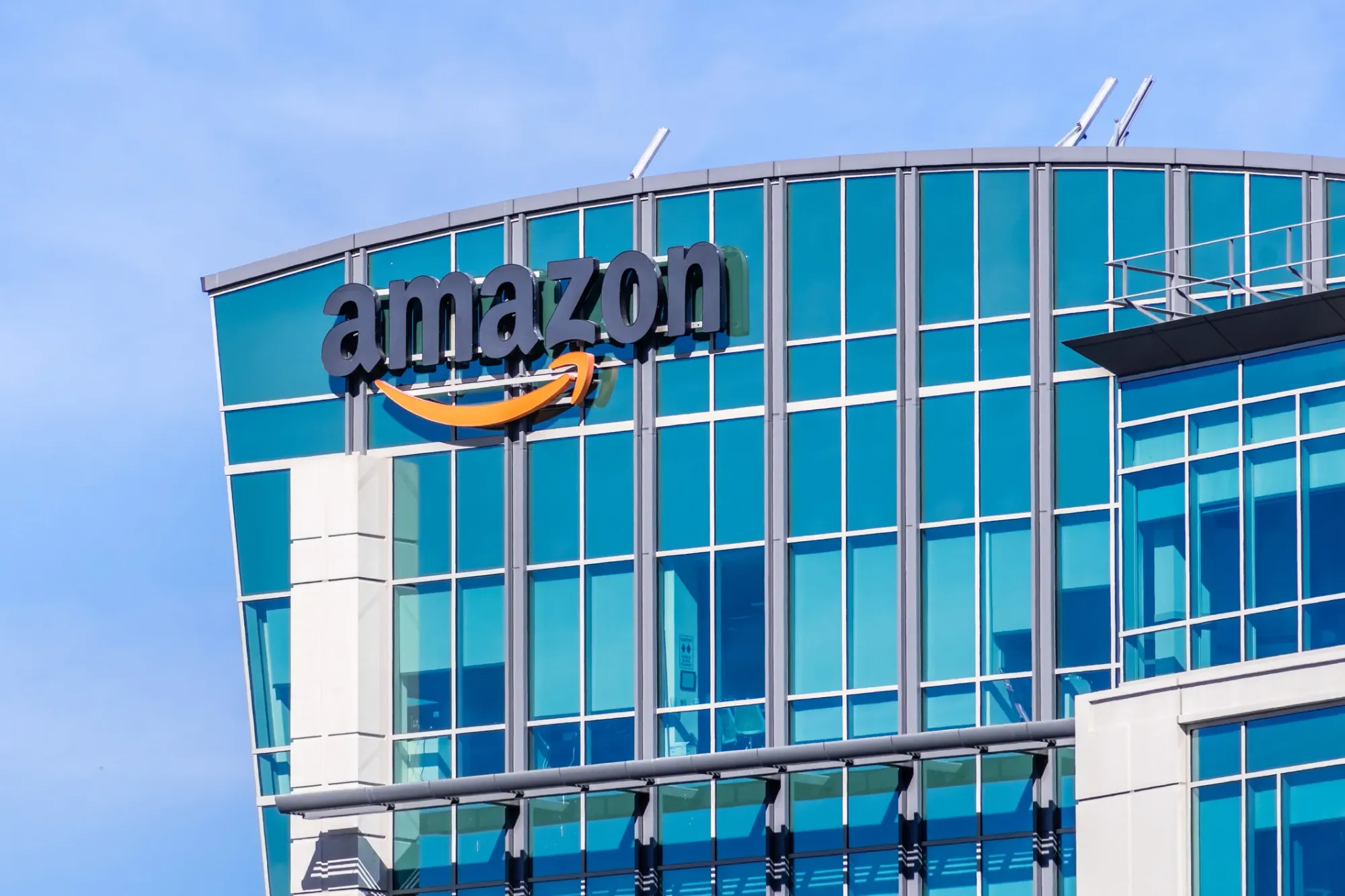
As Amazon Inc. charts a path forward, two fundamental forces—talent and technology—stand at the forefront, steering its destiny. In an era where innovation and workforce dynamics define competitive advantage, Amazon’s journey balances high-tech advancements with the need for human capital. Will Amazon's commitment to technological innovation drive its growth, or will talent acquisition and retention challenges hold it back?
Let's dive into Amazon's current strengths, weaknesses, opportunities, and threats to discover its future.
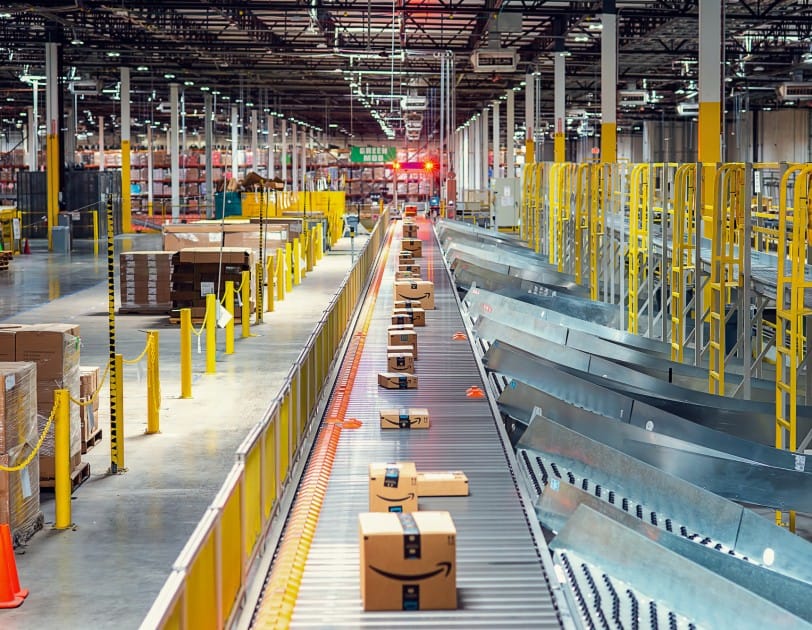
1. Strengths
Core Competencies
Amazon’s formidable logistics and supply chain operations set it apart. These include a sophisticated network of fulfillment centers, rapid delivery capabilities, and a near-flawless inventory system. This unmatched proficiency allows Amazon to deliver products swiftly across its markets, often within the same day.
Brand Equity & Reputation
As a global household name, Amazon enjoys strong brand loyalty and a solid reputation as a customer-centric platform. Recent investments in Amazon Prime, particularly in entertainment, further reinforce customer loyalty. Amazon Prime blends e-commerce with exclusive streaming content to create an all-in-one experience.
Market Position & Relationships
Amazon Web Services (AWS) dominates cloud computing, providing crucial infrastructure to businesses worldwide. With recent AI and machine learning partnerships, AWS remains Amazon’s primary growth engine, generating significant revenue while cementing its place in tech-driven industries.
Operational Efficiency
Automation in Amazon’s warehouses and AI-driven analytics to forecast demand and manage inventory have led to unmatched operational efficiency. Its growing fleet of delivery vehicles, including electric ones, highlights Amazon’s commitment to sustainability and logistics independence.
Innovation & Intellectual Property
Amazon’s advancements in AI (e.g., Alexa), machine learning, and proprietary tech like cashier-less stores demonstrate its innovation leadership. New patent filings for drone delivery and retail tech signal Amazon’s long-term commitment to pushing industry boundaries.
Strengths Score:
| Core Competencies | Brand Equity & Reputation | Market Position & Relationships | Operational Efficiency | Innovation & IP |
|---|---|---|---|---|
| 9 | 8 | 9 | 9 | 10 |
Total Strengths Score: 45/50
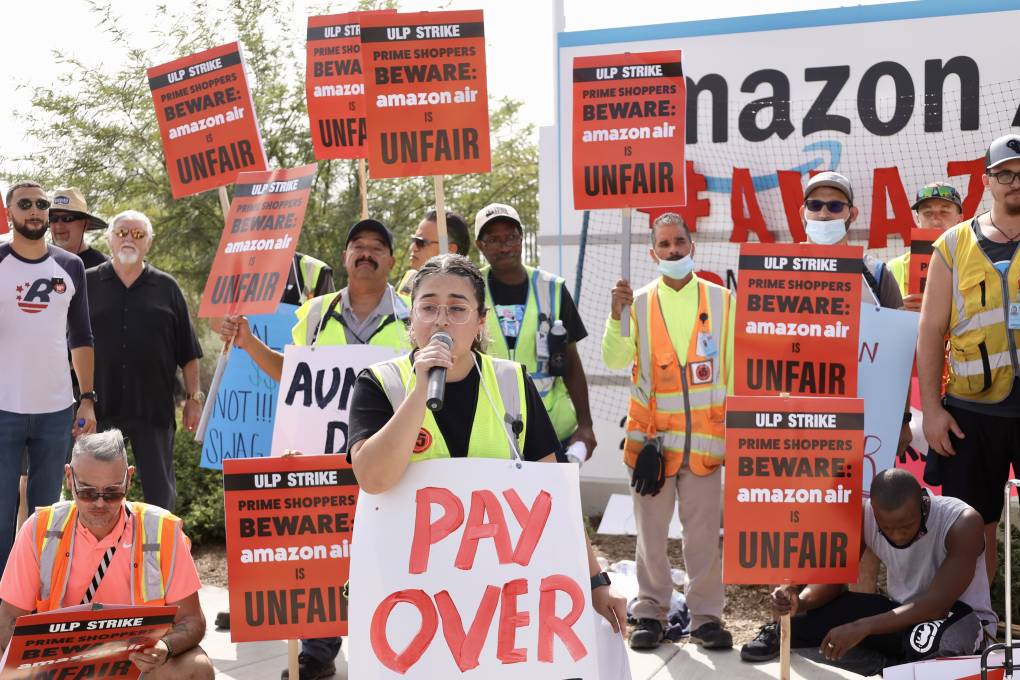
2. Weaknesses
Resource Constraints
Rapid expansion and global delivery infrastructure demand substantial investment, increasing Amazon’s operating costs. Inflation and supply chain volatility have exacerbated these costs, impacting profit margins in core and new markets.
Brand Perception Issues
Labor practices remain a sore point, with recent strikes and worker protests spotlighting conditions in Amazon warehouses. Negative media attention on labor rights can impact customer loyalty, especially among ethically-minded consumers.
Operational Inefficiencies
While Amazon’s automation has improved, peak seasons reveal weaknesses in delivery infrastructure, often resulting in delays. The reliance on third-party contractors for delivery sometimes leads to inconsistent service quality, affecting customer satisfaction.
Talent Gaps
Amid fierce competition in the tech industry, Amazon has struggled with high turnover rates, especially in specialized tech roles. Attracting and retaining skilled employees in areas like AI, robotics, and cloud computing has become a growing concern.
Customer Retention Challenges
With subscription fatigue among Prime members and competitors offering alternative services, Amazon faces the risk of a slowing membership growth rate. This may force Amazon to explore new ways to retain members beyond delivery perks.
Weaknesses Score:
| Resource Constraints | Brand Perception Issues | Operational Inefficiencies | Talent Gaps | Customer Retention Challenges |
|---|---|---|---|---|
| 7 | 5 | 6 | 6 | 7 |
Total Weaknesses Score: 31/50
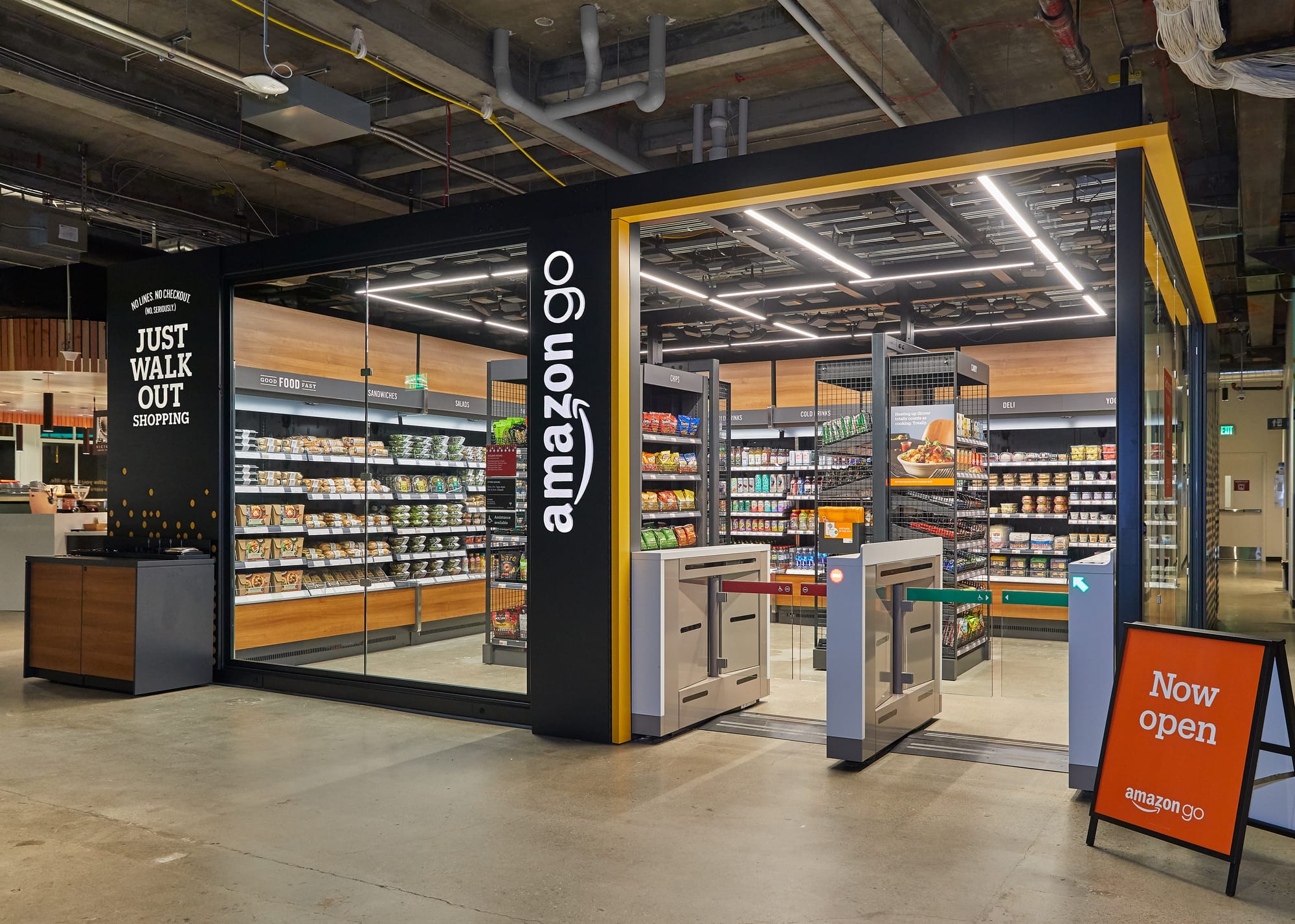
3. Opportunities
Market Growth Potential
Emerging markets like India and Latin America are ripe for Amazon’s expansion, with increasing internet penetration and rising consumer spending. Amazon can capitalize on vast untapped potential by adapting services to local markets.
Product/Service Innovation
Amazon’s initiatives in autonomous retail, such as cashier-less Amazon Go stores, represent a leap forward. The recent expansion of biometric payment systems and exploration of drone delivery hint at a future where shopping becomes fully automated and instantaneous.
Strategic Partnerships
New alliances in healthcare and digital entertainment could further strengthen Amazon’s foothold in these high-growth sectors. Strategic collaborations with studios for content production and healthcare providers allow Amazon to diversify its revenue streams.
Technological Advancements
With ongoing investment in AI, robotics, and machine learning, Amazon is setting new standards in customer personalization and operational efficiency. Future advances could even enable self-sustaining supply chains, further lowering costs.
Changes in Regulations
E-commerce regulation changes in emerging markets may benefit Amazon by easing barriers to entry and reducing operational complexities. In some regions, governments encourage digitalization, aligning well with Amazon’s expansion objectives.
Opportunities Score:
| Market Growth Potential | Product/Service Innovation | Strategic Partnerships | Technological Advancements | Regulatory Changes |
|---|---|---|---|---|
| 9 | 8 | 8 | 9 | 7 |
Total Opportunities Score: 41/50
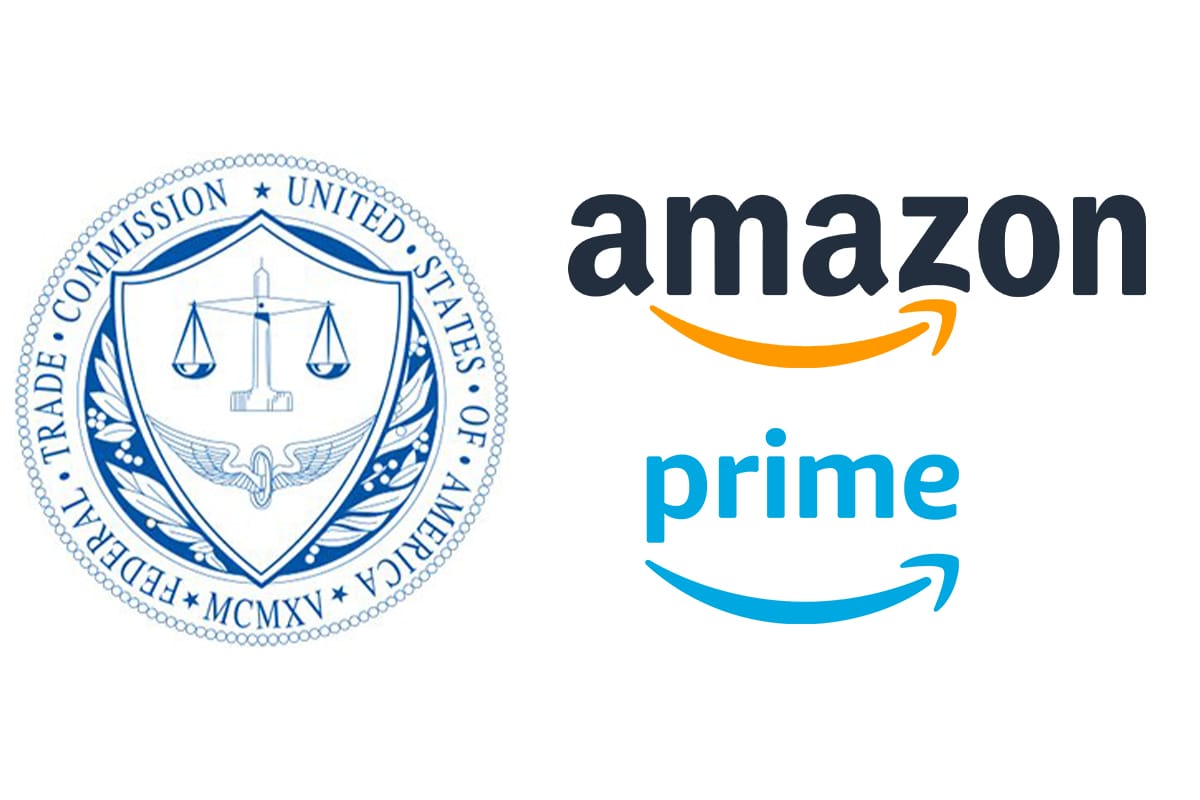
4. Threats
Competitive Pressures
With rising competition from Walmart, Alibaba, and Microsoft, Amazon faces e-commerce and cloud computing challenges. Competitors are increasingly innovating and improving their digital and logistics capabilities, vying for Amazon’s market share.
Economic Conditions
Supply chain disruptions and inflation have impacted Amazon’s logistics and operational costs. Economic downturns threaten consumer spending, particularly in discretionary categories, which could affect Amazon’s retail growth.
Regulatory & Legal Risks
Scrutiny around antitrust, data privacy, and labor rights intensifies each year. Regulatory investigations in the U.S. and Europe may lead to legal restrictions, fines, or forced structural changes that could impact Amazon’s operations and profit margins.
Customer Behavior Shifts
Eco-conscious consumers increasingly prioritize sustainability, prompting demand for ethically sourced products and environmentally friendly packaging. If Amazon's environmental efforts fall short, competitors emphasizing green initiatives could capture these customers.
Supply Chain Vulnerabilities
With dependencies on global suppliers and logistic networks, Amazon is exposed to risks of supply chain disruptions, which can lead to product shortages and increased costs. Continued issues with global supply could pressure Amazon’s delivery promises.
Threats Score:
| Competitive Pressures | Economic Conditions | Regulatory & Legal Risks | Customer Behavior Shifts | Supply Chain Vulnerabilities |
|---|---|---|---|---|
| 8 | 7 | 6 | 6 | 7 |
Total Threats Score: 34/50
Final SWOT Scorecard
| Category | Score |
|---|---|
| Strengths | 45/50 |
| Weaknesses | 31/50 |
| Opportunities | 41/50 |
| Threats | 34/50 |
Conclusion
As Amazon navigates a rapidly evolving business landscape, it finds itself in a delicate balance. Talent shortages in critical tech roles and regulatory scrutiny could become defining challenges, but they are countered by Amazon's strengths in innovation and its market-leading logistics. Opportunities in emerging markets and advances in autonomous retail and AI-driven solutions promise continued growth if Amazon can retain a skilled workforce to drive these initiatives.
The question remains: Can Amazon sustain its growth in an increasingly competitive and regulated environment, or will the limitations in talent and innovation pressures slow it down?

Comparative Analysis: Amazon vs. Alibaba
When we compare Amazon and Alibaba, two giants in global e-commerce and cloud computing, we see distinct approaches shaped by different business environments and strategic focuses.
Market Focus
Amazon, headquartered in the United States, operates across North America and Europe, expanding segments in Asia and Latin America. While it offers both B2C and B2B services, its focus remains primarily on direct retail, cloud computing, and subscription services through Amazon Prime. Based in China, Alibaba has its primary user base within Asia but has expanded globally in recent years. Unlike Amazon, Alibaba emphasizes a marketplace model through platforms like Taobao and Tmall, connecting sellers and buyers directly. This model requires less investment in inventory and logistics, contributing to Alibaba’s high profit margins.
Business Models
Amazon is both a retailer and a marketplace, buying, storing, and selling its inventory alongside third-party products. Its business model includes high investments in logistics, warehouses, and a vast delivery infrastructure to support direct-to-consumer transactions. Conversely, Alibaba operates as a pure marketplace, leaving inventory and logistics primarily in the hands of third-party vendors. This approach reduces overhead costs, allowing Alibaba to focus resources on platform enhancements, AI, and financial services.
Cloud Computing
Both Amazon and Alibaba lead in the cloud computing market within their respective regions. Amazon Web Services (AWS) is a global leader, accounting for a significant share of Amazon’s revenue. AWS benefits from a diverse client base across various sectors and advanced AI and machine learning offerings. Alibaba Cloud, the largest cloud provider in Asia, is increasing but faces stiff competition from other providers in international markets. While both companies prioritize innovation in AI and cloud, AWS’s lead in the West and Alibaba’s dominance in Asia reflect distinct strengths.
Technology and Innovation
Amazon’s heavy investment in R&D has fueled innovations in AI, smart devices, and logistics automation (such as Amazon Go stores and drone delivery). Alibaba, however, has focused more on fintech, social commerce, and live-streaming integration, appealing to its large mobile-first user base. This technology focus aligns with local consumer preferences, particularly in China, where digital payments and integrated services like Alipay are popular.

Challenges and Threats
Both Amazon and Alibaba face regulatory challenges, albeit of different natures. Amazon deals with labor rights issues and antitrust investigations in the U.S. and Europe, while Alibaba has faced regulatory pressures from the Chinese government regarding monopolistic practices and fintech regulation. As global competition intensifies, Amazon contends with Walmart and Shopify in the U.S., while Alibaba faces JD.com and Pinduoduo in China.
Environmental and Social Impact
Sustainability is increasingly significant for both companies, but their approaches differ. Amazon has committed to achieving net-zero carbon emissions by 2040, investing in electric delivery fleets and renewable energy sources. Alibaba, meanwhile, has launched initiatives focusing on green logistics, such as its Cainiao Network’s use of eco-friendly packaging. However, it still faces challenges in achieving transparency on its broader environmental impact.
In summary, Amazon and Alibaba each play to their strengths: Amazon’s integrated retail and logistics capabilities offer unparalleled delivery efficiency, while Alibaba’s asset-light model and marketplace ecosystem facilitate high scalability with relatively low overhead. Both giants lead in innovation, yet their differing market strategies underscore how local contexts shape their paths forward.


